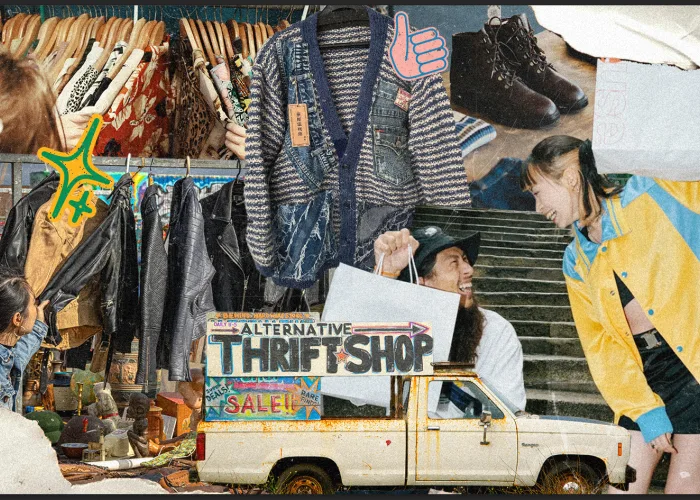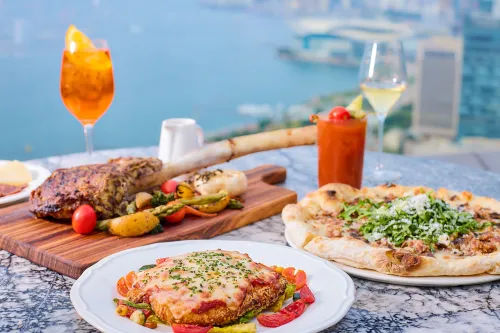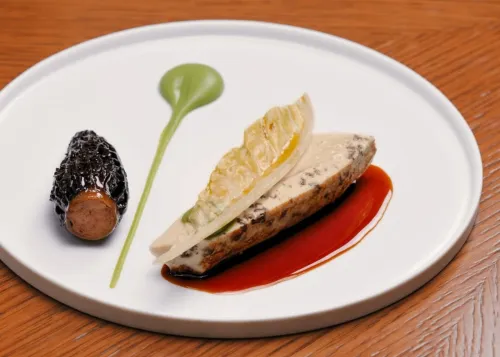Waste-Free Period Care: Your Guide to Having an Eco-friendly Cycle

It’s that time of the month again. You begrudgingly welcome the pimply new tenants on your face and feel the sudden urge to run by the grocery store for some trusty (perhaps unhealthy) snacks.
That time of the month for us is also a punch in the gut to the planet, producing acres upon acres of waste with every year that passes. Mother Earth is dealing with some serious PMS (Pollution Manic Symptoms) of her own – and she’s syncing with all of us, all the time.
Most women get their period for around 40 years of their lives, which means we bleed for about a total of six and a half years in one lifetime - producing the equivalent amount of menstrual-product-waste per vagina. Just imagine, more than 800 million people having their periods every day – producing close to 200,000 tonnes of waste per year, most of which is 90% plastic.
Moving away from single-use menstrual products and using eco-friendly options is a great way to alleviate some of the damage done to the planet, even if you don’t make a complete switch. The Beat Asia has put together a little guide on how to use eco-friendly options that are both safe and easy to use.
Period Panties

Period panties are just like regular panties with a built-in absorbent liner to soak up the menstrual blood. Sold at varying absorbency capacities, period panties can be worn just like a regular pad without the hassle of switching them out every couple of hours.
How to use: Like regular underwear! Just slap a pair of period panties that match the expected flow for the day and conquer the world as usual. No mess, no stress.
How to clean: Depending on the manufacturer's instructions, there may be different steps you need to take when cleaning your period panties. In general, you should rinse them by hand in cool water before placing it in your laundry bag with your other delicates, using only cold water to machine wash.
Remember that period panties are much more layered than regular underwear, so they will take longer to dry than normal lingerie.
When to restock: Most brands recommend exclusively hand-washing your period panties to help them last longer. They should hold up for two to five years, depending on how well you care for them.
Menstrual Cups

Ah, the menstrual cup. Unless you’ve been living under a rock for the past few years, you’ll have seen these little goblets on your Instagram feed, or know a couple of people who’ve made the switch.
Many of the cups currently on the market are made of medical grade silicon which create a seal against the walls of your vagina. Instead of absorbing your flow as other conventional period care items would, the menstrual cup catches and collects your flow for you to dump out with each change.
You can leave menstrual cups in for up to 12 hours per time, and they can generally hold twice the amount of a super absorbent tampon or pad.
Menstrual cups are built different for different sized vaginas. If you’ve had a vaginal birth or are over the age of thirty, you may want to opt for a larger size cup. The type of cup that fits you best will also vary based on the height of your cervix.
To find out whether you have a low or high cervix, you can perform a quick finger test! After cleaning your hands, insert a clean index finger in your vagina in an upwards motion – going as far up as you can. If you are touching your cervix by your first knuckle, you likely have a low cervix, and if you are touching your cervix beyond the second knuckle and up to the third, you have a high cervix. This will help in choosing the right menstrual cup sizing according to the height of the container section.

How to use: There are many ways to insert a menstrual cup based on the brand, with different folds used to insert the cup. When you want to remove the cup, let the stem guide you to the bottom of the cup and gently pinch the bottom, breaking the watertight seal and allowing you to use a side-to-side rocking motion to pull the cup down and out. Dump out the contents into the toilet and wash the cup with water before re-inserting.
How to clean: Different brands have different methods of washing and sterilising the menstrual cup, we recommend sticking to the instructions provided by your specific brand. Generally, you should avoid using anti-bacterial soaps, bleach, and rubbing alcohol, instead opting for a gentle, unscented oil-free soap between changes.
Wash the cup before inserting the cup and always sterilise the cup at the end of your period. Sterilising the cup typically involves thoroughly rinsing the cup before letting it boil in hot water for a few minutes and storing in an open place to prevent bacterial growth.
When to restock: Menstrual cups are marketed as a long-term investment that can last anywhere between 2 to 10 years. However, this is specific to each brand and can be up to your discretion if you feel as though you are ready to purchase a new one sooner than later.
Reusable Pads

There’s not much of a learning curve with reusable pads, seeing as most menstruating people start off using pads as their first foray into dealing with their periods.
You secure a reusable pad onto the crotch of your underwear (usually with a snap fastener on the pads’ ‘wings’,) and allow the pad to absorb menstrual blood externally. The main difference with reusable period panties is in its construction, with some brands having a removable absorbent insert along with the washable holder.
Whether the absorbent insert is removable or not, single-use alternatives usually consists of cotton, synthetic fabrics, charcoal-based materials, wood pulp, or superabsorbent polymer.
How to use: Just as you would a disposable one – minus the stick. The ‘securing onto your panties’ is usually done with snap fasteners, and some brands do use a grippier fabric on the underside to prevent slippin’ and slidin’.
How to clean: You’re best off following the instructions that come with your reusable pads – but generally, you would soak your pads in cold water to prevent staining until you’re ready to wash. You can either handwash or toss them in the machine with your other delicates for washing.
When to restock: The lifespan of a reusable pad can vary, depending on how often you use them and how you wash them. Most people choose to alternate between disposable period care and reusable ones, especially at the beginning - and many reusable pads last an average of five years give or take.
Eco-friendly Tampons

For those of you who prefer your inserts or aren’t quite ready to let go of disposables, we’ve got you.
If you prefer disposables over reusable period care for hygiene reasons – get ready for a shock. Many conventional tampons are made with pesticides, chlorine, and other harsh chemicals that are harmful to the human body. Even more shockingly, tampon brands aren’t even required to list out all of their ingredients, so we are rarely left feeling confident and knowledgeable about what’s going in our bodies.
Eco-friendly tampons made of 100% cotton, which means they’re biodegradable, and not made with cotton grown from harmful pesticides.
How to use: Like a regular tampon! Although, many 100% cotton tampons don’t come with applicators – which may require a bit of a learning curve to get used to.
How to clean: Not needed! Just throw away in the bin as usual and wait for time to take its course to slowly degrade the tampon while it's at the landfill.
When to restock: As you would a regular tampon, no difference really! Just buy accordingly to accommodate for your monthly flow.
Get the latest curated content with The Beat Asia's newsletters. Sign up now for a weekly dose of the best stories, events, and deals delivered straight to your inbox. Don't miss out! Click here to subscribe.


















































